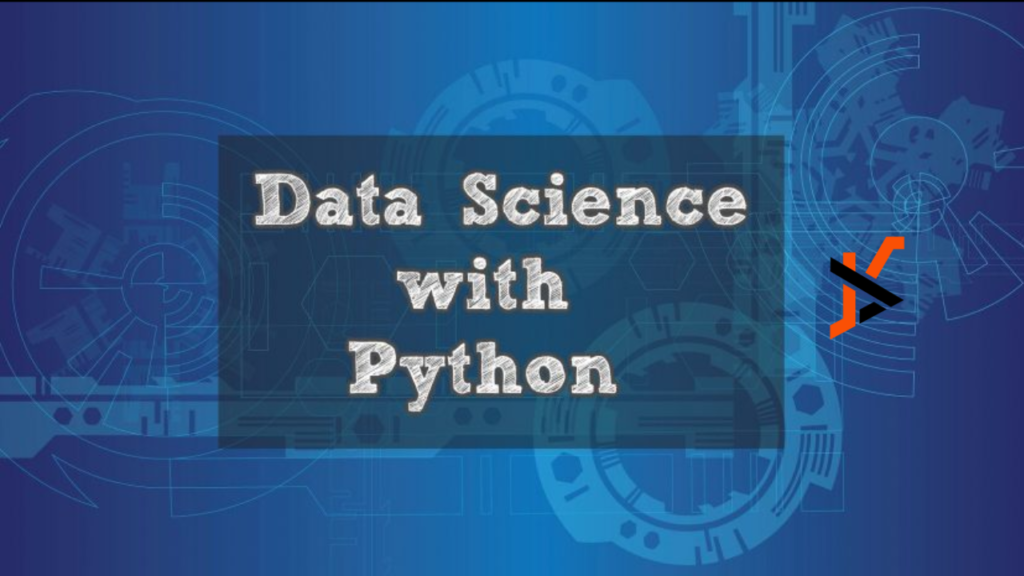According to recent statistics by Analytics Insight, 80% of developers will choose Python as their primary programming language in 2024. Data science, AI, and machine learning processes become easily accessible using the robust library system of Python. Around 8.2 million Python users, including 69% of ML (machine learning) developers and data scientists, reported SlashData.
Python is essential for most data science roles. Jeff Hale, a data science instructor at the General Assembly, found Python appears in approximately 75% of all job postings for data science. That’s why data science professionals are joining data science certifications to benefit from learning Python and use it in application domains.
Role of Python in Data Science
Reading and sharing codes becomes easier with Python as it has a simple syntax. Moreover, it provides excellent knowledge of how to use scientific, mathematical, and statistical operations. Many world-renowned companies are using this programming language to create frameworks and projects. For example, Google developed TensorFlow based on Python.
Data science fundamentals with Python can be quickly learned through certification programs. Data scientists use this language to retrieve, clean, visualize, and develop models. Considering their popularity in the community, Python libraries continuously evolve for data science applications.
Python Data Types Used in Data Science Applications
The below-mentioned Python data types are used more often in data science applications to store and handle data effectively.
- Strings
Str (strings) are used for text data. Strings can be represented using single, double, or triple quotes. Text processing is pivotal for data science. The string manipulation capabilities of Python make this programming language helpful in manipulating textual data.
- Numeric Data Type
The numeric data type shows data with a numeric value. Python language supports numerous numeric data types like float and int. Float represents floating-point and decimal values, while integer indicates positive and negative whole numbers. Float and integers help with mathematical functions and numerical evaluation in data science.
- Bool (Boolean)
Represented as True or False, these values must begin with capital T or F to get readily accepted by Python. Boolean helps with decision-making and managing flow in ML algorithms and data analysis. The Boolean values true and false are invalid so this programming language will put an exclusion for that.
- Sets and Dictionaries
In Python, sets are unordered collections of unique data types. It may have different components; however, the placement of parts is not fixed. Sets are essential for performing tasks that need duplicate values. Moreover, data scientists can also use them for set operations like intersection, difference, and union.
A dictionary (dict) is an unordered data collection that includes key-value pairs. It is used to store and retrieve data based on exclusive keys. They’re used for organizing and using structured data. When representing this data type, the key-value pair is differentiated by a colon, and a comma recognizes the key.
- List and Tuples
Lists are versatile data structures used to store item collections, sequences, or value arrays. Tuples are like lists, but they’re fixed. Once defined, the elements can’t be changed. That’s a reason they are generally used to show fixed values collection.
Learn Python for a Data Science Career
Are you ready to choose the right path in data science? Boost your knowledge of Python data types through data science certifications. Unlock your potential with USDSI® certification programs designed to help you with career growth and stand ahead in the competitive world of data science.
USDSI (United States Data Science Institute) programs will develop your mastery of data science applications, data visualization, advanced big data analytics, and more. The self-paced programs are designed with a flexible learning approach considering the latest data science trends. To earn a certificate and digital badge with a 3-year validity, you must clear the exam at the end of the program.
- Certified Data Science Professional (CDSP™)
This program is designed for undergraduate students and professionals with 0-2 years of experience and a US $687 fee (all-inclusive). You need 8-10 hours per week to get knowledge of data mining and ML.
This 4–25-week program with a US $781 fee (all-inclusive) provides learning on the advanced fundamentals of data science and associated concepts like ML, data analytics, and more. The candidate needs at least two years of work experience. However, there are four ways to apply for this program. The curriculum is designed to meet the demands of future data scientists.
- Certified Senior Data Scientist (CSDS™)
Senior data scientist with about six years of experience can elevate their data scientist skills and increase their role at the organizational level by earning CSDS™ certification (US $885 fee). The best part is that no programming skills are required for this certification. Three groups are designed for prepared and high-achiever professionals to get certified. With this program, you’ll learn essential operations on data, big data, DevOps, cloud computing, and more.
To develop expertise in Python for data analysis and data science careers, you can apply for CLDS™ and CSDS™ certifications, respectively.
Conclusion
With the continuous growth in the popularity of Python and the demand for data scientists, Python’s use for data science will undoubtedly keep growing. It provides multiple data types for seamless working of data science tasks. Learning Python data types will give you a leg up in your growing career. If you’re an experienced data scientist or just recently started your career in this field, you benefit from learning data types in Python to simplify data science applications.

